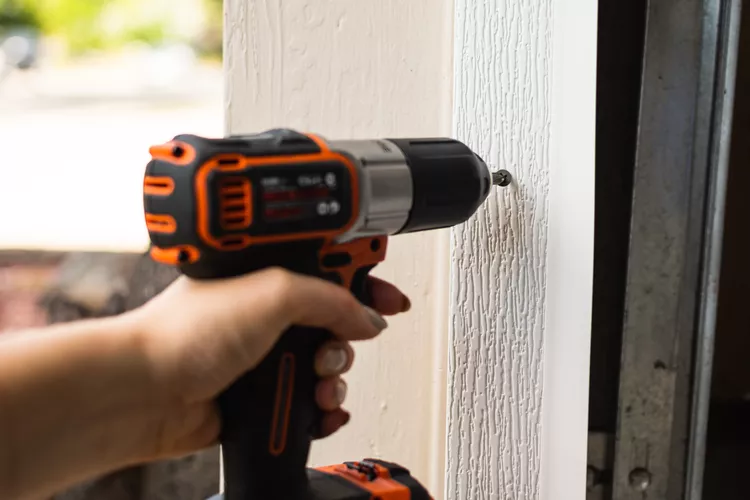aluminium tube welding
2 月 . 14, 2025 12:30

Aluminium tube welding stands as a cornerstone in numerous industrial applications, owing to its robustness and versatility. The process of welding aluminium tubes involves careful consideration of techniques, tools, and applications to ensure optimal performance and longevity in the final product.

To begin with, understanding why aluminium is chosen as a material is fundamental. Aluminium is lauded for its lightweight characteristics, resistance to corrosion, and high thermal conductivity. These traits make aluminium tubes particularly useful in industries such as aerospace, automotive, and construction. However, welding aluminium presents unique challenges due to its properties, such as a low melting point and high thermal conductivity, which can affect weld quality if not managed correctly.
One of the most essential techniques for welding aluminium tubes is Tungsten Inert Gas (TIG) welding. This method is favoured because it provides greater control over the weld and produces a cleaner, stronger bond. TIG welding employs a non-consumable tungsten electrode to produce the weld, and an inert gas shield, typically argon, to protect the weld from atmospheric contamination. For aluminium tubes, the precision of TIG welding is indispensable, particularly because it minimizes the risk of burn-through and distortion, which are prevalent issues given aluminium's high heat conductivity.

In recent years, advancements have introduced innovative approaches such as laser welding and friction stir welding (FSW), each presenting novel benefits and challenges. Laser welding, while not traditionally used for aluminium, has gained traction due to its ability to deliver high precision and automate the welding process. It reduces the heat-affected zone (HAZ) significantly, preserving the material’s integrity around the weld joint. On the other hand, FSW is a solid-state welding technique that involves joining the materials without melting them, ideal for aluminium as it enhances joint strength and diminishes distortion.
Selecting the appropriate filler material is a critical aspect of aluminium tube welding that cannot be overlooked. The compatibility of the filler metal with the base aluminium alloy determines the joint's strength and resistance to cracking. Alloys such as ER4043 and ER5356 are commonly used fillers, chosen based on their ability to align with the thermal and mechanical attributes of the base material. An expert understanding of these alloys ensures that the weld will perform effectively under operational stresses.
aluminium tube welding
Safety is paramount in aluminium tube welding, influenced by both the materials and the processes in use. Aluminium, when vaporized, presents respiratory risks due to the fumes. Employing appropriate ventilation systems, along with personal protective equipment like respirators and protective eyewear, enhances safety and aligns with occupational health standards. Professionals in the field emphasize adherence to these safety practices to safeguard both artisans and their environments.
Furthermore, inspection and quality assurance play crucial roles in the process, ensuring the longevity and reliability of the welded product. Non-destructive testing (NDT) methods, such as radiography and ultrasonic testing, are employed to detect weld defects without compromising the integrity of the material. These techniques are indispensable in sectors where the performance of aluminium tubes directly impacts human safety and operational success.
Educational investment and hands-on experience are vital for aspiring professionals keen to excel in aluminium tube welding. Comprehensive training programs that offer theoretical knowledge coupled with practical application prepare welders to confront the challenges specific to aluminium. Acknowledging that welding is as much an art as a science, continuous skill refinement and staying updated with technological advances are essential.
In conclusion, the domain of aluminium tube welding requires a profound understanding of material properties, welding techniques, and safety protocols. Expertise in this field not only enhances the quality and performance of the welds but also fosters trust and reliability with clients who seek superior welded products. By merging advanced technology with traditional methods, the journey of welding aluminium tubes evolves, promising innovations and improvements in various industrial landscapes.


